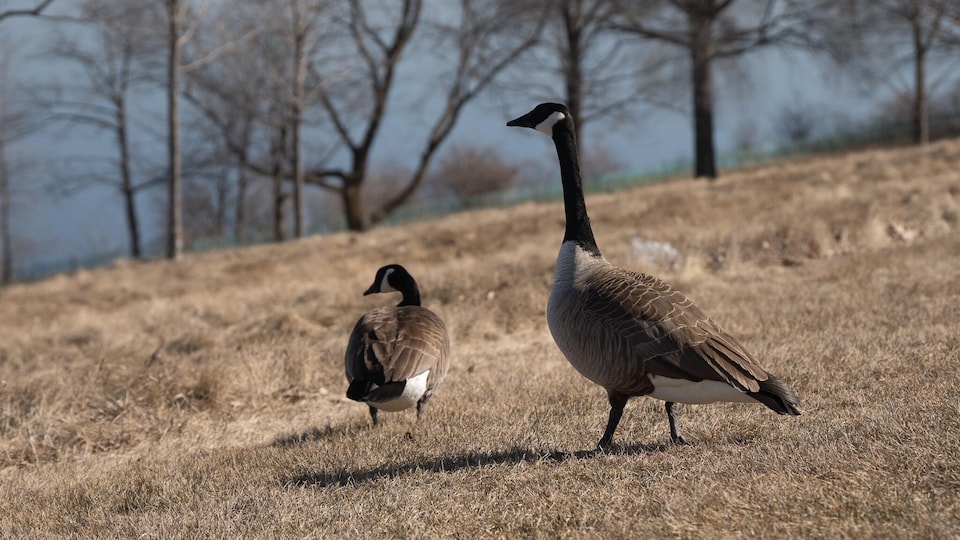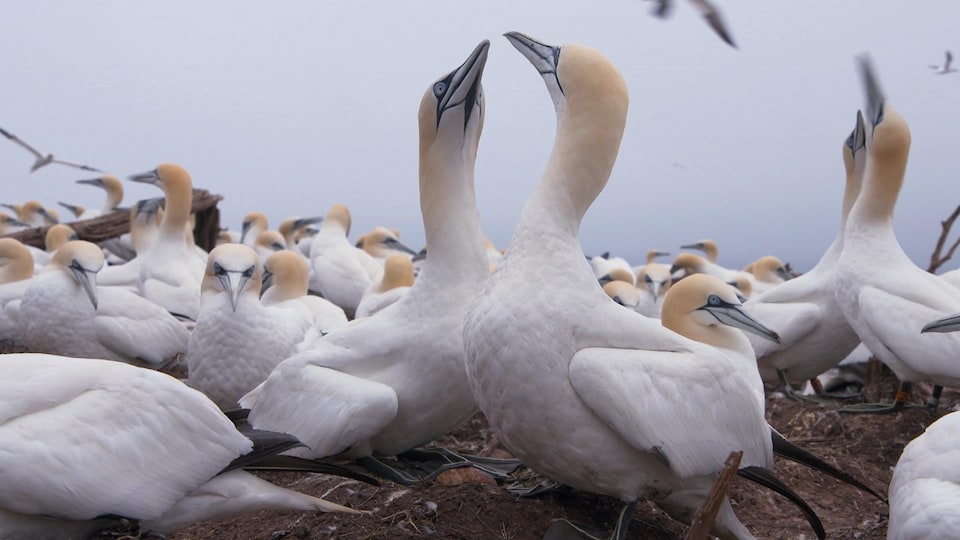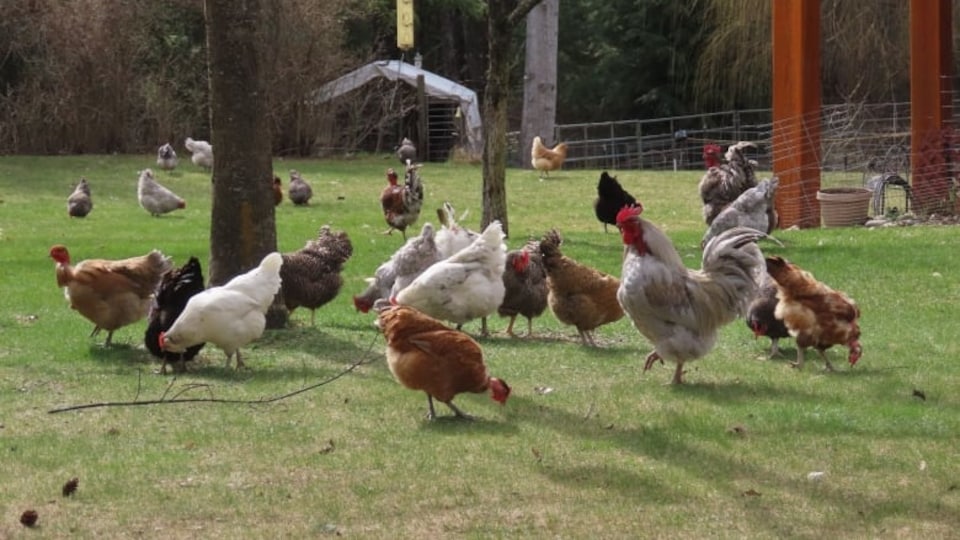On Monday, the City of New Richmond posted a warning on social media to inform citizens of this detected case.
In concert with the MAPAQ as well as the Quebec Center for Wild Bird Health, the Ministère des Forêts, de la Faune et des Parcs (MFFP) is monitoring the progression of avian flu cases in the province in order to increase vigilance in poultry farms where the risk mortality due to this virus is higher.
Wild birds, mainly waterfowl, for example ducks, geese, barnacles and gulls are the natural carriers of the virus. They will spread it during migrations along the migratory corridors
says the biologist of the biosecurity and wildlife health division of the MFFPAriane Massé.
The biologist specifies that certain species can be infected by the bird flu virus without developing symptoms, while others can die from it.
” Every week there are reports. »
When a bird is found dead, wildlife protection officers send them to the Quebec Center for Wild Bird Health where a necropsy is performed.
We evaluate the causes of death of the animal, we take samples and, then, there are tests PCR which are made in the laboratory MAPAQ to identify if it is indeed the avian influenza virus which is the cause of the bird’s mortality
she mentions.
This is particularly what is happening with gannets found dead in the Magdalen Islands in recent days.
” Currently, we are working to make sure to collect specimens in order to have an analysis and to know the causes of mortality that are unusual in the sector. »
Since the ministry does not yet have the results of the analyses, it is not in a position to indicate the cause of these mortalities.
Avian influenza, however, remains one of the diseases under study.
Apply biosecurity measures to the letter
According to Ms. Massé, this virus is a major threat to the health of farmed birds and can, in rare cases, be transmitted to humans.
The particular situations where there has been transmission is really when a person had close, sustained and prolonged contact with infected poultry
she explains.
Even if the risk is lower, the biologist reminds that dead or injured wild birds should never be handled with bare hands.
She adds that people who practice various bird watching or hunting activities and who own farmed birds must ensure that they comply with biosecurity measures.
The Bonaventure Bioparc, which has around thirty wild birds, has been applying these measures for a few days now, due to the case of avian flu detected in the MRC.
As a precaution, wild birds have been separated from other species.
” We took the measures a little in advance by seeing what was coming. […] The birds are in an aviary, an enclosed area where other wild birds cannot enter until we are a little more reassured of the situation. »
Employees also follow recommended biosecurity measures to avoid contamination.
So far, everything is going well. We have implemented biosecurity measures, meaning that when employees move from one living area to another where there are birds, boots are disinfected, for example, to avoid carry the virus if it was there
explains Ms. Bernard.
Mrs. Massé indicates that at the provincial level, as of May 16, the avian influenza virus has been detected in 49 wild birds and in 7 domestic bird farms. They came from Montérégie, Estrie, Lanaudière, Laurentides, Centre-du-Québec, Chaudière-Appalaches, Capitale-Nationale and Gaspésie.
.
According to MAPAQhowever, no positive cases of backyard and farm birds have been recorded in the region.
With information from Elise Thivierge and Joane Berube
Reference-ici.radio-canada.ca



